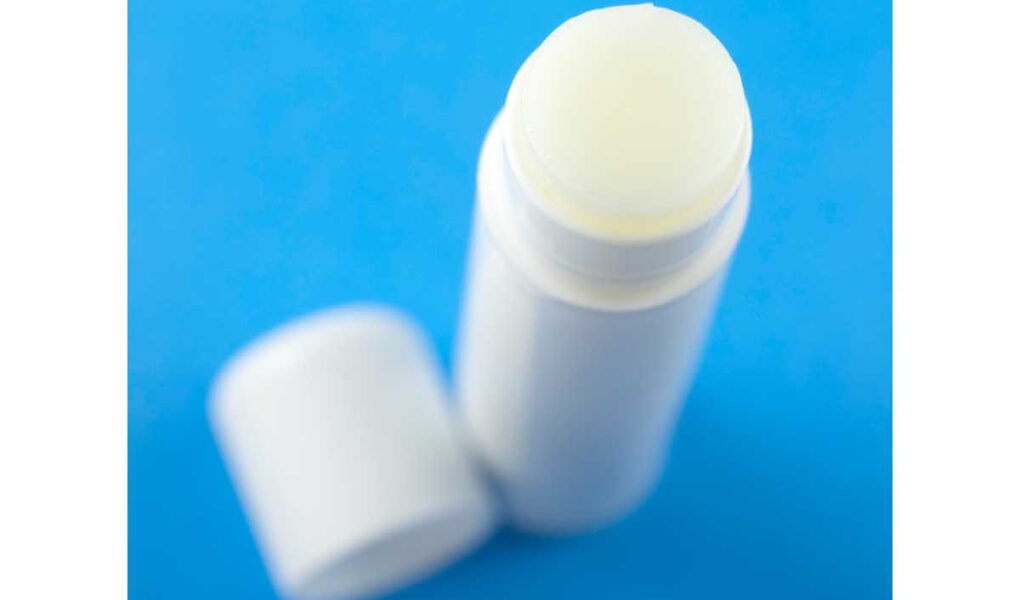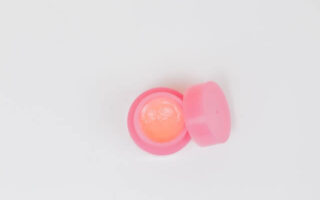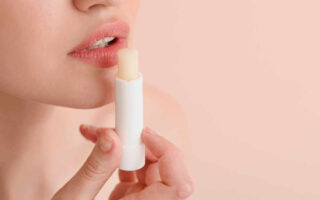Though it may seem like a simple question, Is chapstick bad for you? is not easily answered. You might be surprised to learn that this question is actually more complicated than it seems on the surface.
Many of us keep chapstick in our coats and pockets to protect our lips during the winter season. Is it, however, really secure and healthy for our skin?
First,
What is chapstick?
Chapstick is a generic term for lip balm and refers to many different products which all serve the same purpose: protect, nourish and rejuvenate your lips. Chapsticks can come in various forms such as balms, strips, or sticks.
Many of us use chapstick not only during the winter season but also year-round. Despite its popularity, many questions surround the safety and health effects of using chapstick.
Check out our new article “Is Chapstick Edible?“
What does chapstick do?
Chapstick can serve many purposes, but the most common use is as a type of petroleum jelly.
Chapstick is used as a protective sealant for your lips to shield them from the harsh winter weather and help heal cracks and roughness. The petroleum jelly in chapstick acts as a barrier that locks in moisture and keeps your lips from being too dry. This can help smooth out any cracks or roughness on your lip, ultimately making them better-looking and smoother.
How does chapstick work?
Chapstick works by providing a layer of protection to the lips, preventing them from drying out and cracking. The skin on your lips produces an acid that can lead to peeling, which chapsticks can help protect against. Chapstick also moisturizes the skin, treats chapped lips and reduces redness.
What is chapstick made of?
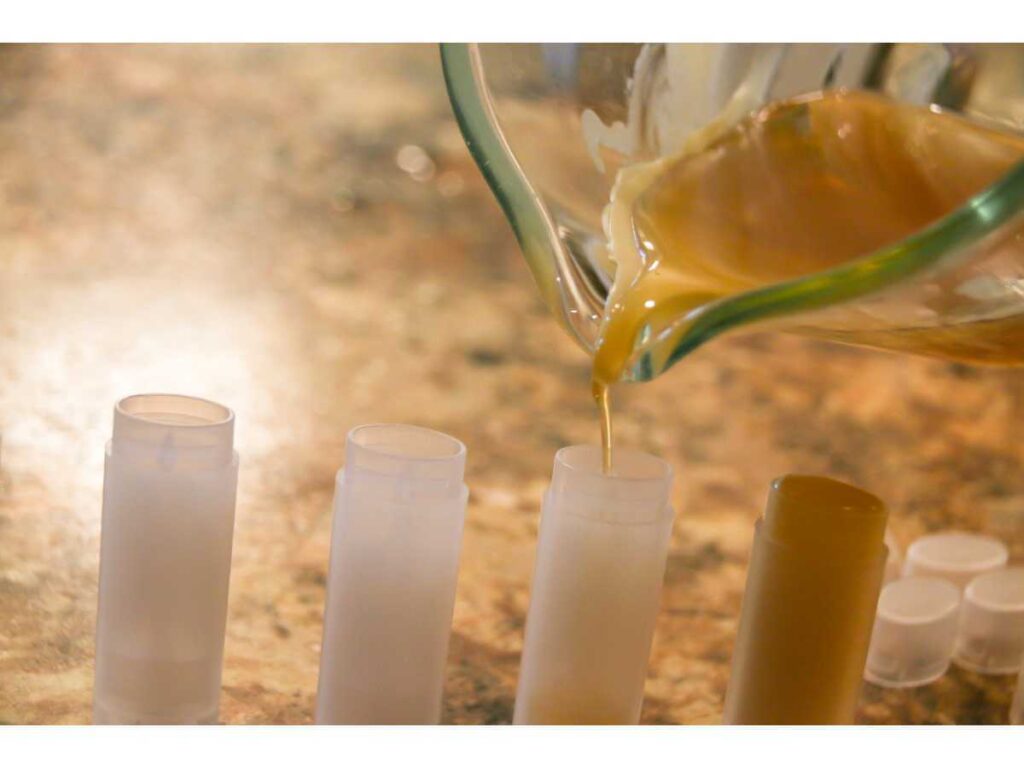
You might be curious to know what is chapstick made of. So, let’s break down its ingredients:
Chapstick Ingredients
Chapstick is made of a variety of ingredients that can include: petrolatum, mineral oil, paraffin, ceresin, lanolin alcohol, beeswax, and carnauba wax. All of these ingredients have different functions, depending on the chapstick.
But you need to avoid chapstick containing the following ingredients:
Chapstick ingredients to avoid
Humectants
Humectants are chemicals that help to keep the lips hydrated. They function by attracting water to the lips, which helps to keep them moist. Hyaluronic acid and glycerin are two common humectants used in chapsticks. According to dermatologists, because humectants suck moisture out of the skin which ultimately evaporates away, is worse for your lips.
Parabens
Parabens are a type of preservative that is often used in cosmetics. However, parabens such as methylparaben and butylparaben have come under scrutiny in recent years because they have been linked to cancer. Some chapsticks contain parabens, so it’s important to check the ingredients list before you buy.
Synthetic Colors and Dyes
Synthetic colors and dyes are often used in lipsticks and other cosmetics to give products a more vibrant look. However, these artificial colors can be harmful to your health. FD&C Blue 1, Green 3, Yellow 5 and 6, and Red 33 are all known to be carcinogenic. So, if you see these colors on the ingredients list, it’s best to avoid the product.
Artificial Fragrance and Flavor
Fragrance and flavor are two other ingredients that can be found in chapsticks. The fragrance is a term used to describe a mixture of chemicals that are used to give a product a certain scent. Chapstick flavors, on the other hand, is used to describe the taste of a product. Chapsticks often contain artificial fragrances and flavors, which can be harmful to your health.
Chemical Sunscreens
Chemical sunscreens are a type of sunscreen that uses chemicals to protect the skin from the sun’s UV rays. Some common chemical sunscreens include oxybenzone, octinoxate, octisalate, octocrylene, avobenzone, and padimate O. While these sunscreens are effective at protecting the skin from the sun, they can also be harmful.
One of the main concerns with chemical sunscreens is that they can cause hormone disruption. Studies have shown that oxybenzone, in particular, can interfere with the body’s endocrine system and disrupt normal hormone function. This can lead to a number of health problems, including infertility and cancer.
Another concern with chemical sunscreens is that they can cause allergic reactions and irritations. They also tend to be comedogenic, which means that they can clog pores and lead to acne breakouts.
What chapstick actually works?
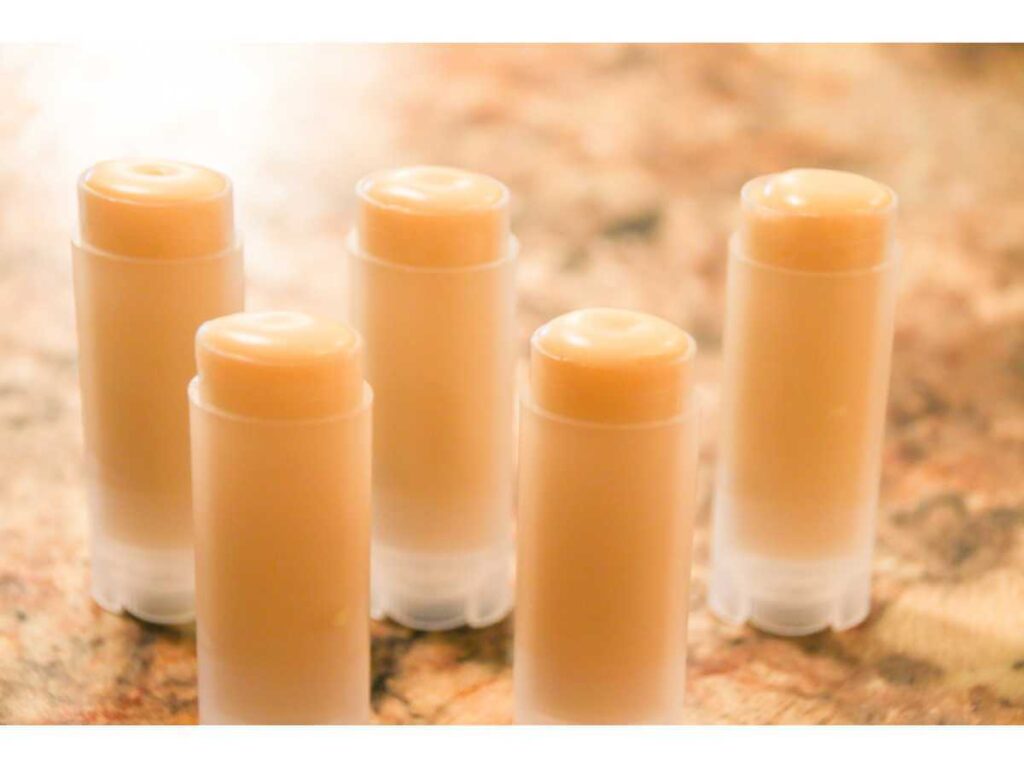
Instead, you want the following ingredients in your chapstick
Shea Butter
Shea butter is a natural moisturizer that is derived from the Shea nut. It is rich in vitamins A, E, and F, as well as antioxidants. Shea butter has been shown to be effective at healing dry skin, chapped lips, and other skin conditions. It is also a good source of essential fatty acids, which help to rebuild the lipid barrier in the skin and prevent moisture loss. It is a natural alternative to synthetic ingredients, such as humectants, that can damage the lips. Shea butter is also an effective sunscreen, so it can help to protect your lips from the sun’s harmful UV rays.
Natural Oils
There are a few natural oils that you want to look for in your chapstick. Coconut oil, olive oil, and jojoba oil are all good options. These oils are moisturizing and help to heal dry skin and chapped lips. They are also rich in antioxidants and vitamins, which can help to protect the lips from damage.
Vitamin E
Another ingredient that you want to look for is vitamin E. Vitamin E has antioxidant properties, which help to protect the lips from damage caused by free radicals. According to dermatologists, vitamin E can also provide sun protection and prevent moisture loss in the lips.
Honey
Honey is another ingredient that you want to look for in your chapstick. Honey contains a number of vitamins and minerals, including vitamin C, and B6, amino acids, antioxidants, and several others. It can help with a number of skin conditions, such as eczema and psoriasis.
In addition to protecting the skin from the sun’s rays, honey has been shown to soothe and moisturize the skin. And best of all, it is a natural alternative to synthetic ingredients that can strip the lips of moisture.
Cocoa Butter
Cocoa butter is a natural moisturizer that is derived from the cocoa bean. It is rich in antioxidants and vitamins, including vitamin E. Cocoa butter has been shown to be effective at healing dry skin, chapped lips, and other skin conditions. It is also a good source of essential fatty acids, which help to rebuild the lipid barrier in the skin and prevent moisture loss. It is a natural alternative to synthetic ingredients, such as humectants, that can damage the lips. Cocoa butter is also an effective sunscreen, so it can help to protect your lips from the sun’s harmful UV rays.
Zinc Oxide
Zinc oxide is a mineral that is found in nature. It is white in color and has been used for centuries as a natural sunscreen. Zinc oxide is effective at protecting the skin from the sun’s UV rays and does not have the same harmful side effects as chemical sunscreens.
Zinc oxide is also a good ingredient to look for in chapstick because it is moisturizing and healing. It can help to soothe dry skin and chapped lips. It is also a good source of antioxidants, which can help to protect the lips from damage.
Does chapstick make your lips worse?
The truth is that most experts will recommend that you avoid using any kind of chapstick on a daily basis for an extended period of time.
Why?
The problems with using chapstick on a daily basis are two-fold. First, your lips become dependent on the ingredients in the chapstick to protect them from extreme weather conditions and harsh environments. When you stop using the product, your lips tend to be more sensitive and chapped until they adjust.
Many people will argue that they feel uncomfortable without their chapstick due to dryness and discomfort in cold weather. However, there are ways to cut back the use of chapstick so you can protect your lips from becoming dependant on the product. Most dermatologists will say that it is safe to use chapstick occasionally, but not on a daily basis.
Secondly, there are many other ingredients in chapstick which could potentially cause allergic reactions or irritations on your skin.
Conclusion
It is important to note that the chapstick itself isn’t bad for you, but if it’s being used too often or in extreme conditions without any other protection then yes- it can have negative effects on your skin and lips. The best way to avoid this is by limiting how much you use chapsticks with harsh chemicals, so when you do reach for one make sure it’s an all-natural product.
This article has listed many natural ingredients that are moisturizing and healing so they may be worth looking into if you’re struggling with chapped lips in cold weather conditions.

